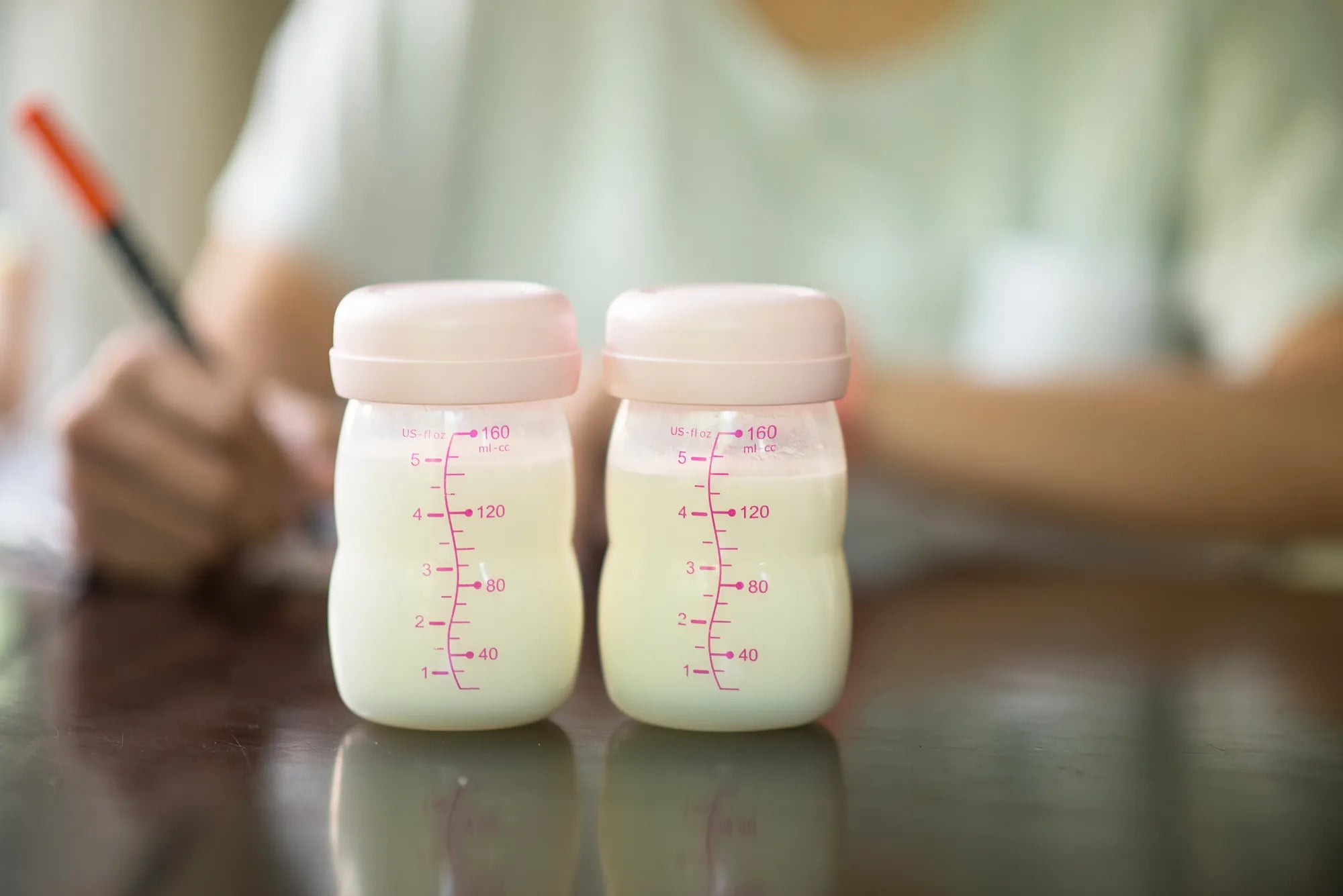Startseite
Pregnancy, Breastfeeding, and Pumping: The Ultimate Guide for Moms
How Do I Stop Pumping Breast Milk: A Comprehensive Guide

How Do I Stop Pumping Breast Milk: A Comprehensive Guide
Deciding to stop pumping breast milk is a deeply personal choice that can come with a mix of emotions. Whether you're transitioning to formula, introducing solid foods, or simply ready to end your pumping journey, it's essential to approach this process thoughtfully. This guide will walk you through everything you need to know about how to stop pumping breast milk safely and comfortably.
Understanding the Process of Weaning
Weaning from pumping breast milk is a gradual process that allows your body to adjust to producing less milk. Abruptly stopping can lead to discomfort, engorgement, or even mastitis. The key is to reduce pumping sessions slowly over time, giving your body the chance to adapt.
Step-by-Step Guide to Stopping Pumping
1. Gradually Reduce Pumping Sessions
Start by eliminating one pumping session every few days. For example, if you pump four times a day, reduce it to three for a week, then two, and so on. This gradual approach helps minimize discomfort and prevents engorgement.
2. Shorten Pumping Duration
If eliminating a session feels too abrupt, try shortening the duration of each session. For instance, if you typically pump for 20 minutes, reduce it to 15, then 10, and eventually stop altogether.
3. Space Out Pumping Sessions
Increasing the time between pumping sessions can also help. If you pump every three hours, try extending it to every four hours, then five, and so on. This method allows your milk supply to decrease naturally.
Managing Physical Discomfort
As you reduce pumping, you may experience some physical discomfort. Here are some tips to manage it:
1. Use Cold Compresses
Applying cold compresses to your breasts can help reduce swelling and discomfort. Avoid heat, as it can stimulate milk production.
2. Wear a Supportive Bra
A well-fitting, supportive bra can provide comfort and reduce the risk of engorgement. Avoid tight bras, as they can increase discomfort.
3. Hand Express if Necessary
If you feel overly full, hand express a small amount of milk to relieve pressure. Avoid fully emptying your breasts, as this can signal your body to produce more milk.
Emotional Considerations
Stopping pumping can bring up a range of emotions, from relief to sadness. It's important to acknowledge and process these feelings. Talk to a trusted friend, partner, or counselor if needed. Remember, this decision is about what's best for you and your baby.
Nutritional Support During Weaning
As you reduce pumping, your body will gradually stop producing milk. During this time, focus on maintaining a balanced diet to support your overall health. Stay hydrated, eat nutrient-rich foods, and consider taking a multivitamin if recommended by your healthcare provider.
Monitoring Your Body's Response
Pay attention to how your body responds as you reduce pumping. If you experience severe pain, fever, or signs of mastitis, such as redness or warmth in the breast, contact your healthcare provider immediately. These could be signs of an infection that requires treatment.
Transitioning Your Baby
If you're transitioning your baby to formula or solid foods, ensure they are getting the nutrition they need. Consult with your pediatrician to choose the right formula or foods for your baby's age and developmental stage.
Final Thoughts
Stopping pumping breast milk is a significant milestone in your breastfeeding journey. By taking a gradual approach and listening to your body, you can make this transition as smooth and comfortable as possible. Remember, every mother's journey is unique, and there's no right or wrong way to wean. Trust your instincts and do what feels best for you and your baby.
Ready to take the next step in your parenting journey? Explore more tips and resources to support you through this transition and beyond. Your well-being and your baby's health are worth every effort.
Teilen


